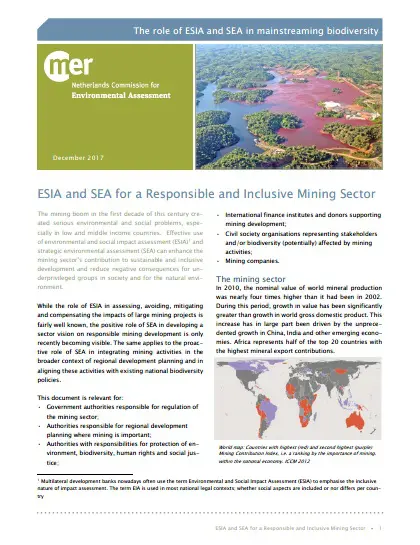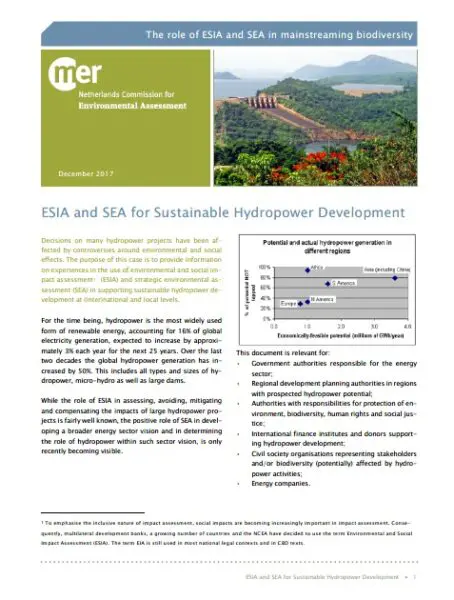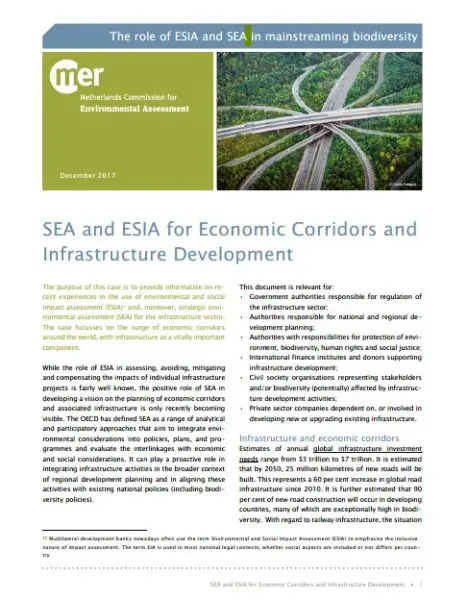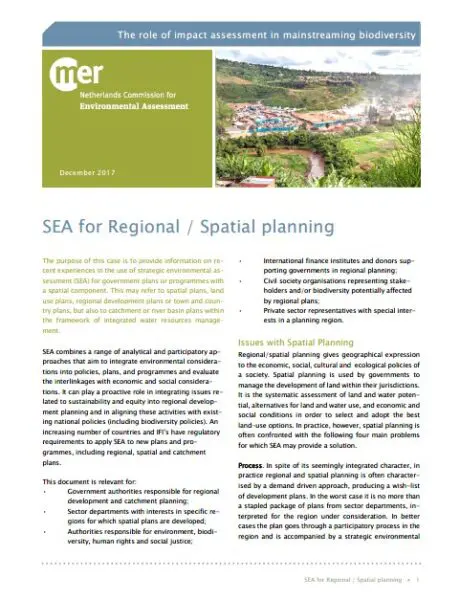Arend Kolhoff
Senior Advisor Environmental and Social Assessment

The vision of the Global Biodiversity Framework (Kunming-Montreal) adopted in 2022 is a world of living in harmony with nature where “by 2050, biodiversity is valued, conserved, restored and wisely used, maintaining ecosystem services, sustaining a healthy planet and delivering benefits essential for all people.”
The mission of the Framework for the period up to 2030 is, to take urgent action to halt and reverse biodiversity loss to put nature on a path to recovery for the benefit of people and planet by conserving and sustainably using biodiversity and by ensuring the fair and equitable sharing of benefits from the use of genetic resources.
The Global Biodiversity Framework has set 23 global targets for urgent action over the decade to 2030.
Biodiversity and environmental assessment
One of the targets refer to the importance of ESIA and SEA by integrating biodiversity into policies, plans and projects, across all levels of government and across all relevant sectors. ESIA and SEA are also helpful to other targets aiming to reduce the threats to biodiversity.

On request of the CBD the NCEA prepared four illustrations of mainstreaming biodiversity in environmental assessment for mining, hydropower, infrastructure and regional/spatial planning. You can find these cases below.
Are you looking for more information or do you have questions about mainstreaming biodiversity in environmental assessment? Feel free to contact Arend Kolhoff.



